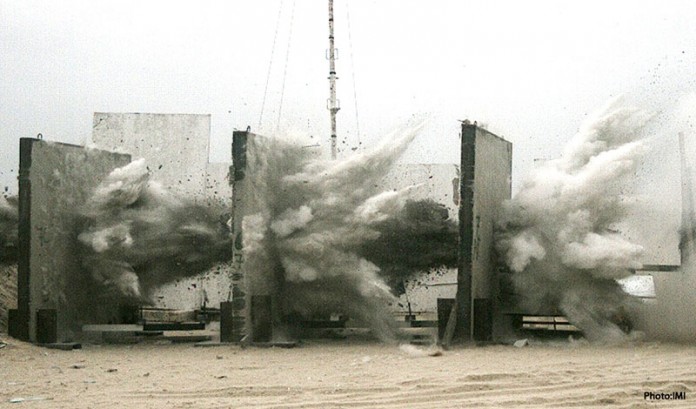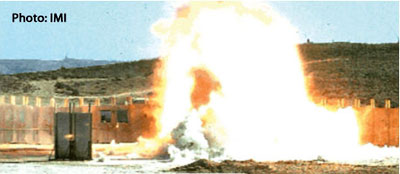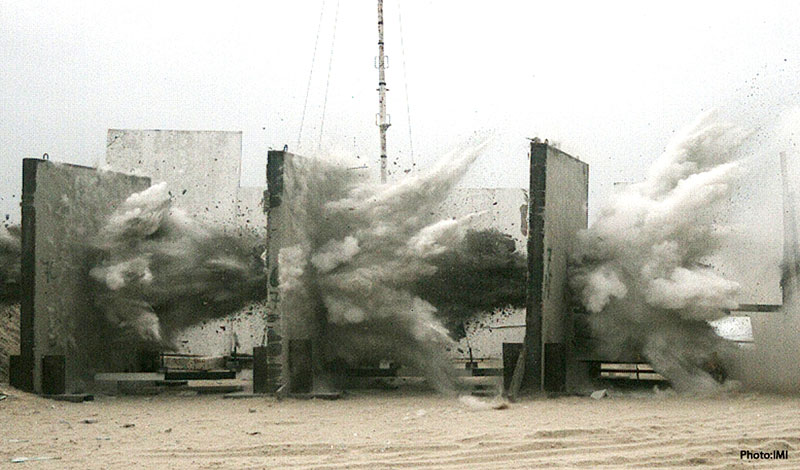

IMI is expanding its family of Multi-Purpose Rigid Bombs (MPR) providing a warhead optimized for modern aerial weapons’ guidance kits. The first of the line, which is already operational, is the MPR 500 – fully compatible with the standard MK82 general-purpose bomb. Its improved design and more predictable target penetration significantly improve mission success when using laser, EO or GPS guidance kits.
When these kits are employed with General Purpose (GP) bombs, the warhead, being the least costly element in the system, is often the cause mission failure – either the weapon jitters off the surface, totally missing the target or causing collateral damage. MPR was designed to match the attack profile of guided weapons, enabling four times the penetration, compared to GP bombs of a similar weight class. As a blast fragmentation warhead, the MPR packs 26,000 fragments, sending a dense curtain affecting an area of 2,200 square meters around the impact point for maximum lethality.
Nevertheless, this lethality effect is focused to a small area, limiting collateral damage to 60-100 meters. In fact, the effect of the current MPR 500 is comparable to that of Mk84 general-purpose bomb, whose use in urban setting is limited, due to the large collateral damage radius of the Mk84, which covers hundreds of meters, limiting its use in support close to friendly forces.

Based on the positive results gained by the MPR500, IMI is expanding these weapons to more weapon types. The company has already conducted testing of MPR1000 (compatible with Mk83 1000 pound warhead) and is proceeding with testing of MPR2000 (compatible with Mk84 / 2000 pound warhead). The MPR 2000 will be able to penetrate at least two meters of concrete, enabling cost-effective, multi-purpose use against a wide target range.
Development is also in progress with the lightweight MPR250, which will offer an SDB alternative at a fraction of the cost of this guided weapon, which comprises an integrated warhead rather than strap-on guidance kit.
To further improve the weapon’s adaptability for modern air forces and naval air arms, IMI is negotiating with a foreign company to deliver the MPR family with Insensitive Munitions (IM) explosive charges. IM has become a prerequisite for ammunition storage, particularly on board naval vessels.




















